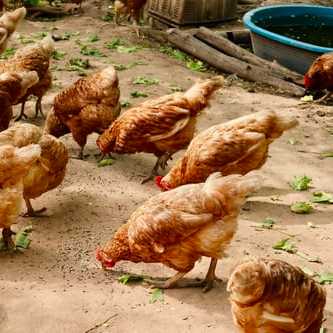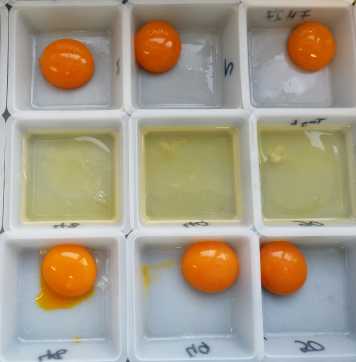HenandFly
Soldier Fly larvae reared on various substrates as novel protein source: Utility and constraints of use in the nutrition of organic laying hens and broilers (Hen and Fly)
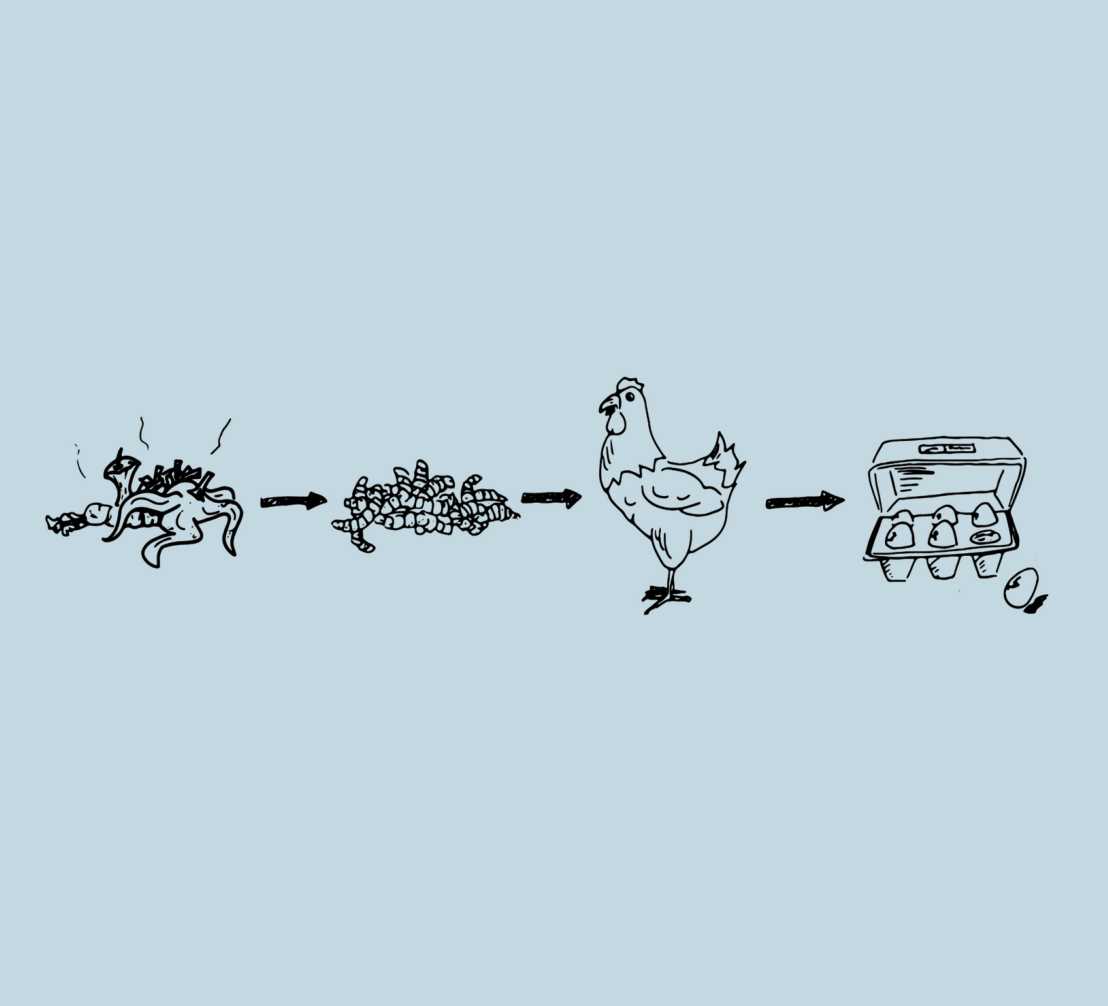
Project Start: 2018
Principal Investigator: Prof. Michael Kreuzer, Animal Nutrition
Co-Investigators: Prof. Alexander Mathys, ETH Zurich; Dr. Sabine Müller, ETH Zurich
Contact: Prof. Michael Kreuzer
The main goal of the project is to investigate and identify ways and constraints of including insect material of different origin and composition into organic diets for growing and laying poultry. The project aims to address the influence of different substrates used for insect cultivation on feeding value, animal performance, and contamination risk. Additionally, it will be determined how far the larval fat, the part of the larval material with the highest energy content, can be included into poultry diets.
The project investigates and identifies ways and constraints to include insect material into organic diets for growing and laying poultry. Interest in integrating insects into livestock nutrition is huge and legislation is on a permanent move in this respect, but research into how far insect material of different origin (substrates) and composition (defatted insect protein meal and larval fat, available in a ratio of 2:1) is very scarce and rarely oriented towards organic farming. The project builds on Black Soldier Fly (BSF) larvae grown on various substrates under controlled conditions. This, and the detailed information about the entire production chain (substrate –larvae –poultry meat and egg), is ensured by linking the project to two other projects specifically aiming at larval cultivation conditions. In work package 1, soybean protein or plant oil or both are replaced in the diet by insect protein and fat from two different origins. This will be tested in both an organic broiler genotype and layers. In work package 2, the transfer of contaminants (heavy metals, mycotoxins) from substrate to larval protein meal and fat to meat and eggs will be determined in one experiment with broilers and two with layers. Various traits of performance, protein and energy utilization, as well as carcass, meat and egg quality, and contents of contaminants are measured. This will allow providing information about the values of the larval protein and fat relative to soybean protein and plant oil, and the level of transfer of contaminants through the production chain. The project addresses an important research question of organic agriculture the application of which is particularly relevant for smallholder farmers. Furthermore, the applicants consider the project to potentially become a cornerstone of the “Novel Proteins for Food and Feed” Flagship Project of WFSC. Among the applicants all expertise and equipment necessary for successfully carrying out the project, being conceptually the basis of a doctoral thesis, is available.
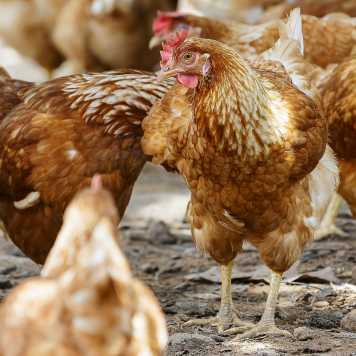
Publication in Animal Feed Science and Technology (2023)
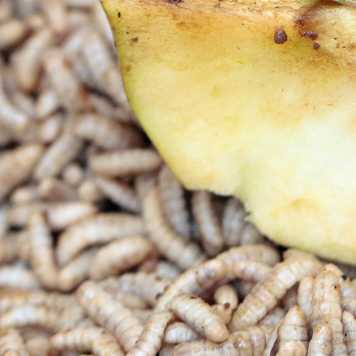
Publication in Journal of Insects as Food and Feed (2022)
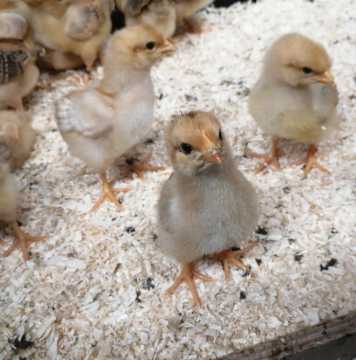
Publication in Poultry Science (2021)
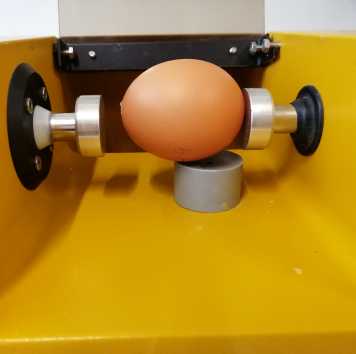
Publication in Book of Abstracts 71th Annual Meeting of the European Federation of Animal Science (2020)
Feature in Tages Anzeiger (2019)
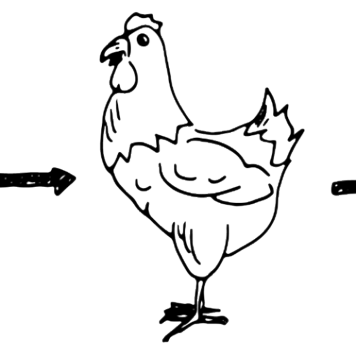
external page Diese Maden lösen einen regelrechten "Hype" aus by Katrin Blawat
Poster Presentation at World Food System Center Research Symposium 2019
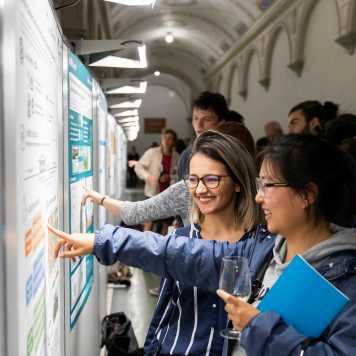
Download Effect of the total replacement of soybean by feeds from Black Soldier Fly larvae in egg production (PDF, 647 KB) by M. Heuel et al.
Publication in Energy and Protein Metabolism and Nutrition (2019)
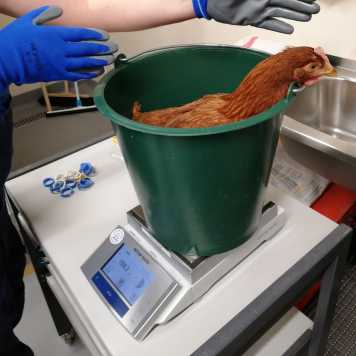
external page Performance of laying hens when replacing soybean cake and oil by insect larval protein meal and fat by M. Heuel et al.
